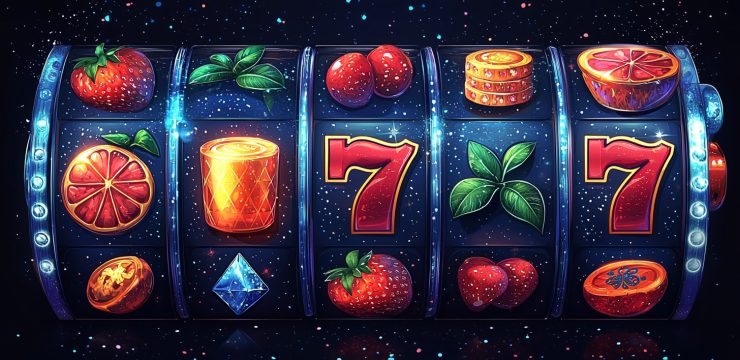Gamification in corporate training applies gaming principles to achieve learning objectives, offering a more engaging approach to training. Some programs use established materials like articles e.g., https://midhudsonnews.com/2025/11/05/qatar-travel-insurance-protect-yourself-financially-for-a-worry-free-travel/, while others explore innovative methods.
L&D teams can accelerate learning with gamification, as it helps learners achieve outcomes more effectively through an interactive experience compared to traditional methods. A well-designed gamification strategy improves completion rates, enhances knowledge retention, and makes it easier for learners to apply new skills in their work.
Consider these statistics:
- Employees are positive about gamification at work.
- 97% of employees over 45 agree it would improve their work.
- 87% agree it makes them more productive.
- 85% would spend more time on gamified software.
How effective is gamification in corporate training?
For training to be effective, it must:
- Be motivating, engaging, and personalized.
- Be challenging and rewarding.
- Create “sticky” learning experiences.
- Facilitate on-the-job application.
- Allow practice for proficiency.
- Reinforce learning to combat the “forgetting curve.”
- Drive behavioral change.

Gamification enhances training by:
- Using repeated retrieval and spaced repetition to trigger behavioral change.
- Making learning enjoyable, with friendly competition and a sense of achievement.
- Increasing knowledge retention through engaging experiences.
- Providing practice zones with real-life scenarios to build skills safely.
Key stats supporting gamification:
- Gamified training boosts employee engagement by 60% and productivity by 50%. (Source: FinancesOnline).
- 60% of employees report higher productivity with gamified training. (Source: Forbes).
- 72% say gamification motivates them to work harder. (Source: Medium.org).
Gamification elements in corporate training:
- Story/narrative: Relates learning to real-world experiences.
- Challenges: Align with learning goals.
- Levels: Map to different proficiency stages.
- Instant feedback: Tracks progress.
- Scores & badges: Encourage achievement and friendly competition.
- Rewards: Incentivize continued learning.
- Collaboration tasks: Encourage teamwork.
- Leaderboards: Show progress compared to peers.
Next-gen gamification techniques:
At EI Design, our advanced gamification strategies include:
- Long-term gamification: Real-time simulations and larger milestones.
- Multi-platform gamification: Utilizing VR, mobile, and wearables.
- Microlearning gamification: Bite-sized, engaging experiences.
- Personalized gamification: Tailored learning paths.
- Social media gamification: Collaborative problem-solving.
Now that you understand gamification, let’s explore five workplace examples.
5 examples of gamification in the workplace
Gamification in corporate training is more than just slapping badges and leaderboards on everything. Today, it’s about creating personalized, bite-sized, and social learning experiences. Let’s look at a few ways companies are using gamification to level up their training.
Level 1: Adding a bit of fun
This is where you gamify just a small part of a course, like a quiz or a single challenge.
Example 1: A fun quiz
Instead of a boring multiple-choice quiz, learners can tackle challenges and earn bonus points, making it feel more like a win.
Level 2: Turning the whole thing into a game
Here, the entire learning journey is a game, complete with scores, badges, and leaderboards.

Example 2: A compliance game
Imagine a normally dry compliance course on social engineering. Now, what if it was a game with mini-games and locked levels? Much more engaging, right?
Level 3: A gamified journey
This creates a clear path for learners with a series of challenges to build skills. Scores and leaderboards add a little friendly competition.
Example 3: Gamified product training for kids
We created a training where kids learn about insurance products by completing challenges across different levels. They earn points, badges, and trophies, with leaderboards to show off their progress.
Level 4: The all-in-one gamified portal
This is a one-stop-shop for learning, featuring:
- Personalized avatars and profiles.
- Custom learning paths.
- Group learning and collaboration.
- Points, badges, and leaderboards.
Example 4: A gamified onboarding portal
Our “Induction and Onboarding” portal mixes gamification with short lessons, social features, and even VR to make new hires feel welcome and engaged from day one.
Level 5: The ultimate gamified experience
This approach pulls out all the stops, blending 3D worlds, VR videos, gamification, and social learning. Learners might run a virtual turf club, completing tasks and managing resources to earn badges in a totally immersive, mission-style experience.






